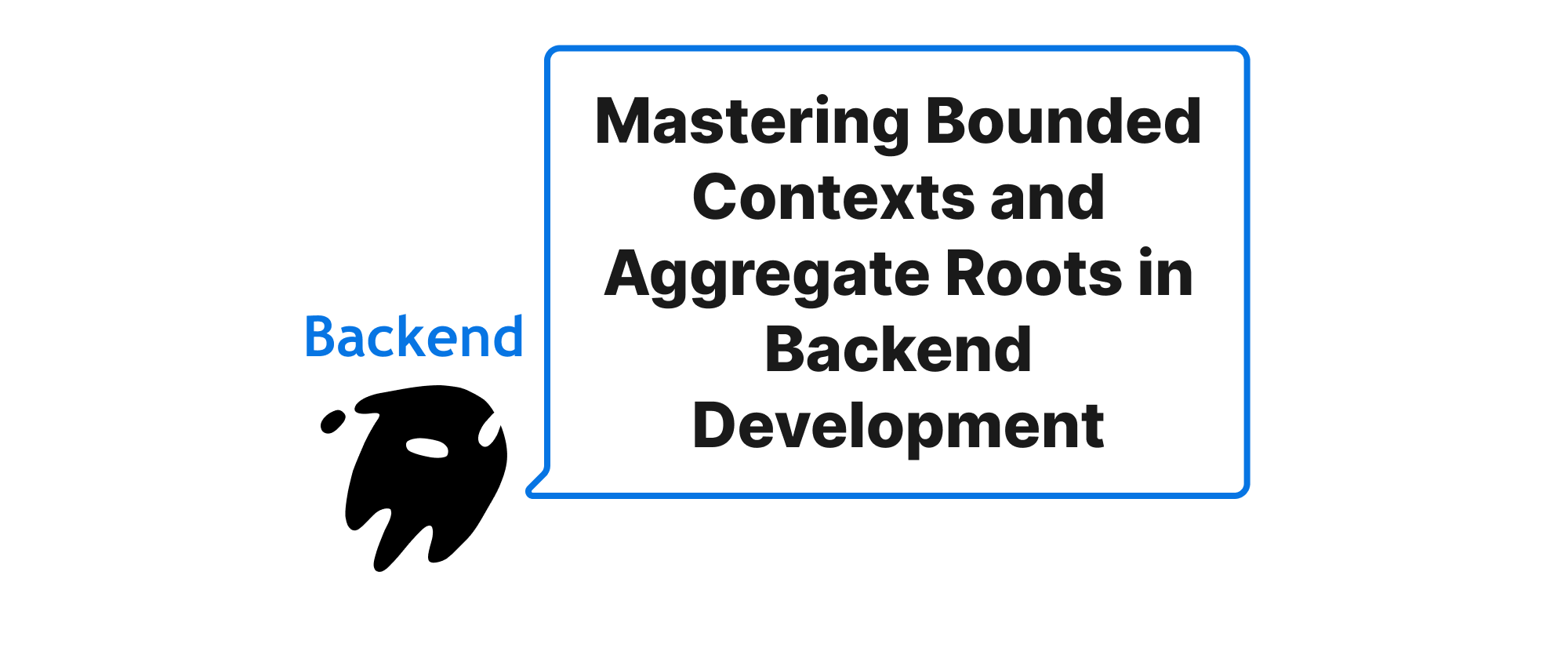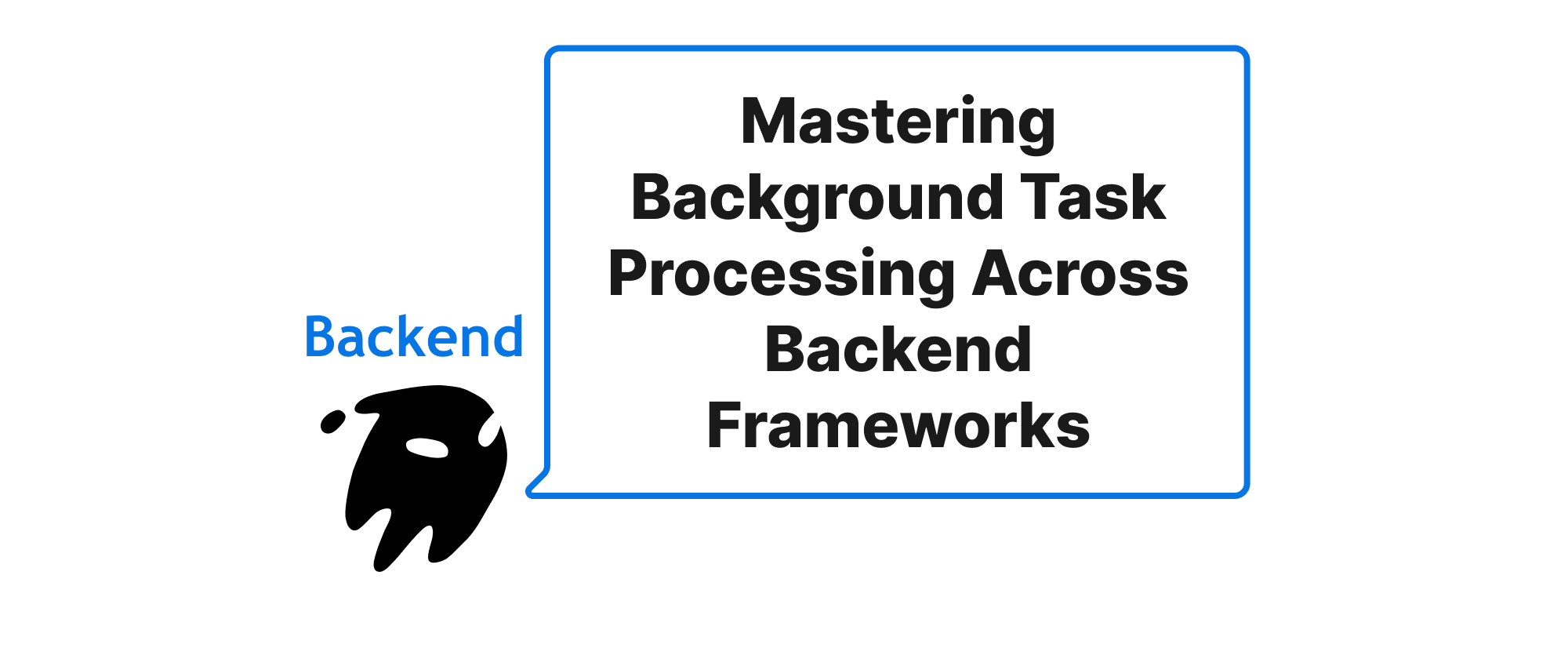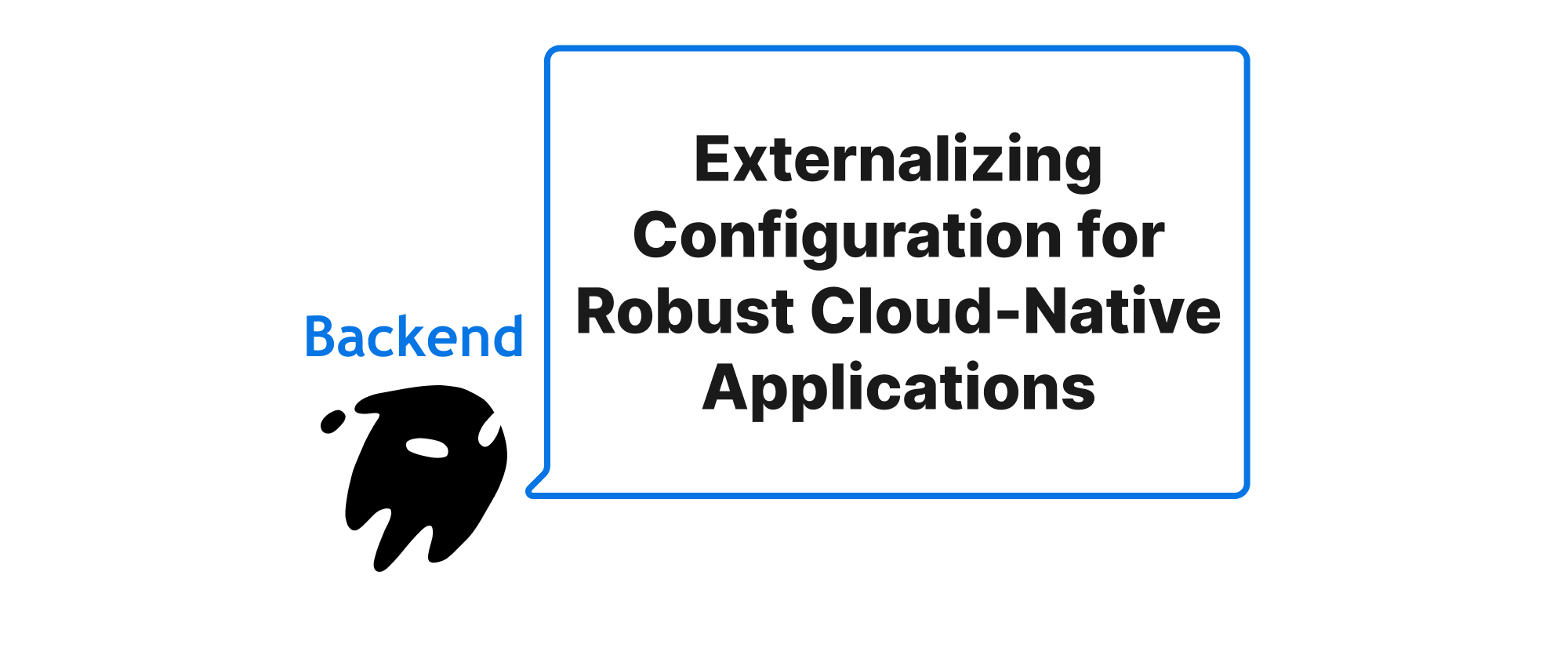Mastering Bounded Contexts and Aggregate Roots in Backend Development
Takashi Yamamoto
Infrastructure Engineer · Leapcell

Introduction
In the intricate world of backend development, crafting robust, scalable, and maintainable systems is paramount. As applications grow in complexity, managing various domain concepts and their interactions becomes a significant challenge. Without a clear architectural approach, developers often find themselves entangled in a web of tightly coupled components, leading to "big ball of mud" architectures that are difficult to understand, modify, and test. This is where domain-driven design (DDD) principles, particularly the concepts of Aggregate Roots and Bounded Contexts, offer a powerful antidote. They provide a structured way to model complex domains, break down large systems into manageable pieces, and clarify the boundaries within which specific ubiquitous languages and domain models reside. This article delves into the practical application of identifying and implementing Aggregate Roots and Bounded Contexts in backend frameworks, guiding you through simplifying your application's architecture and fostering better domain understanding.
Understanding the Core Concepts
Before we dive into the practicalities, let's establish a clear understanding of the fundamental terms that will recur throughout our discussion.
Domain-Driven Design (DDD): An approach to developing complex software that emphasizes a deep understanding of the business domain and collaborating closely with domain experts. It focuses on creating a model that accurately reflects the business's reality.
Ubiquitous Language: A common, consistent language used by both domain experts and software developers within a specific Bounded Context. This language helps avoid misunderstandings and ensures everyone is on the same page regarding domain concepts.
Bounded Context: A logical boundary within which a particular domain model and its ubiquitous language are defined and consistent. It's a strategic pattern that helps define clear boundaries between different parts of a large system. Outside this boundary, specific terms or concepts might mean something different, or they might not exist at all.
Aggregate: A cluster of domain objects that can be treated as a single unit. It acts as a transactional consistency boundary. All changes to objects within the aggregate must be committed in a single transaction to maintain consistency.
Aggregate Root: The single entry point to an Aggregate. It's the only object that outside objects are allowed to hold references to. The Aggregate Root is responsible for maintaining the consistency of the entire Aggregate. All operations on the Aggregate must go through the Aggregate Root, which enforces invariants and ensures transactional integrity.
Identifying Aggregate Roots and Bounded Contexts
The process of identifying Bounded Contexts and Aggregate Roots is often an iterative and collaborative effort, typically involving domain experts and developers.
Identifying Bounded Contexts
Bounded Contexts emerge from distinct areas of your business domain where specific terms or behaviors have unique meanings.
Principle: Look for areas where the ubiquitous language might differ significantly, or where a change in one part of the system would not directly or immediately impact others.
Example Scenario: Consider an e-commerce platform.
- Order Fulfillment Context: Here, a "Product" might mean an item that needs to be picked from a warehouse.
- Catalog Management Context: In this context, a "Product" refers to a rich set of attributes including descriptions, images, pricing, and SEO metadata.
- Billing Context: A "Product" here might just be an item with a price for invoice generation.
These are distinct Bounded Contexts because the term "Product" has different meanings and associated behaviors within each. A change in the description of a product in the Catalog Management Context might not immediately affect its stock status in the Order Fulfillment Context, reinforcing their separation.
Identifying Aggregate Roots
Once Bounded Contexts are established, you can zoom in on particular domains to identify Aggregates and their Roots.
Principle: An Aggregate Root should enforce invariants (business rules that must always be true) within its boundary. It's about data consistency, not just grouping related data. Operations that modify multiple data points within the aggregate should be encapsulated by methods on the Aggregate Root.
Example Scenario (within an Order Fulfillment Context):
Imagine an Order aggregate.
- An
Orderhas anorderId, acustomerInfo, astatus(e.g.,PENDING,SHIPPED,DELIVERED), and a list ofOrderItems. - An
OrderItemhas aproductId,quantity, andpriceAtTimeOfOrder.
Potential Aggregate Root: The Order itself.
Why Order is a good Aggregate Root:
- Transactional Consistency: When an order is placed, updated, or cancelled, all its associated
OrderItemsand itsstatusmust be updated consistently within a single transaction. You don't want an order to be "shipped" but still show "pending" items. - Invariants: "An order cannot be shipped if all its items are not available." This invariant is best enforced by the
Orderaggregate root. Any attempt to change thestatustoSHIPPEDwould first verify the availability of allOrderItems. - Encapsulation: External systems should interact with the
Orderaggregate through its root (e.g.,order.shipOrder(),order.cancelOrder(),order.addItem(item)), rather than directly manipulatingOrderItems.
Consider a Java/Spring Boot example:
// Bounded Context: Order Fulfillment package com.example.ecommerce.orderfulfillment.domain; import java.math.BigDecimal; import java.time.LocalDateTime; import java.util.ArrayList; import java.util.Collections; import java.util.List; import java.util.UUID; // Aggregate Root for the Order public class Order { private UUID orderId; private CustomerInfo customerInfo; private OrderStatus status; private LocalDateTime orderDate; private List<OrderItem> items; // Managed by the Aggregate Root // Private constructor to enforce creation through factory or builder private Order(UUID orderId, CustomerInfo customerInfo, List<OrderItem> items) { this.orderId = orderId; this.customerInfo = customerInfo; this.status = OrderStatus.PENDING; // Initial status this.orderDate = LocalDateTime.now(); this.items = new ArrayList<>(items); this.validateOrderInvariant(); // Initial validation } // Factory method to create an Order public static Order create(CustomerInfo customerInfo, List<OrderItem> items) { if (customerInfo == null) { throw new IllegalArgumentException("CustomerInfo cannot be null."); } if (items == null || items.isEmpty()) { throw new IllegalArgumentException("Order must contain items."); } // Additional business rules for order creation return new Order(UUID.randomUUID(), customerInfo, items); } // Example of an invariant enforcement private void validateOrderInvariant() { if (items.stream().anyMatch(item -> item.getQuantity() <= 0)) { throw new IllegalStateException("Order cannot contain items with zero or negative quantity."); } // More invariants can be added here } // Business method on the Aggregate Root public void shipOrder() { if (this.status != OrderStatus.PENDING && this.status != OrderStatus.PROCESSING) { throw new IllegalStateException("Order cannot be shipped from status: " + this.status); } // Potentially check inventory availability here (could involve another service interaction) // For simplicity, let's assume it's just a state transition this.status = OrderStatus.SHIPPED; // Raise OrderShippedEvent if using event-driven architectures } // Another business method public void addItem(OrderItem newItem) { if (this.status != OrderStatus.PENDING) { throw new IllegalStateException("Cannot add items to an order that is not PENDING."); } // Check for duplicates, merge quantities, etc. this.items.add(newItem); this.validateOrderInvariant(); // Re-validate after change } // Getters for immutable state public UUID getOrderId() { return orderId; } public CustomerInfo getCustomerInfo() { return customerInfo; } public OrderStatus getStatus() { return status; } public LocalDateTime getOrderDate() { return orderDate; } public List<OrderItem> getItems() { return Collections.unmodifiableList(items); } // Enums, Value Objects for supporting the Aggregate public enum OrderStatus { PENDING, PROCESSING, SHIPPED, DELIVERED, CANCELLED } // Value Object: CustomerInfo (immutable) public static class CustomerInfo { private final String customerId; private final String customerName; public CustomerInfo(String customerId, String customerName) { this.customerId = customerId; this.customerName = customerName; } public String getCustomerId() { return customerId; } public String getCustomerName() { return customerName; } // equals and hashCode for Value Object comparison } // Entity within the Aggregate: OrderItem (lifecycle managed by Order) public static class OrderItem { private final String productId; private int quantity; private final BigDecimal priceAtTimeOfOrder; public OrderItem(String productId, int quantity, BigDecimal priceAtTimeOfOrder) { if (quantity <= 0) { throw new IllegalArgumentException("Quantity must be positive."); } this.productId = productId; this.quantity = quantity; this.priceAtTimeOfOrder = priceAtTimeOfOrder; } public String getProductId() { return productId; } public int getQuantity() { return quantity; } public BigDecimal getPriceAtTimeOfOrder() { return priceAtTimeOfOrder; } public void increaseQuantity(int amount) { if (amount <= 0) { throw new IllegalArgumentException("Amount to increase must be positive."); } this.quantity += amount; } // equals and hashCode etc. } }
In this example, @Entity (from JPA/Hibernate) would typically be placed on Order, signifying it as the aggregate root persisted to the database. OrderItem and CustomerInfo would be handled as embedded objects or child entities managed entirely by Order, never directly queried or persisted outside of Order save operations.
Benefits and Application
By precisely defining Bounded Contexts and Aggregate Roots, you achieve several significant advantages:
- Improved Modularity and Maintainability: Each Bounded Context can be developed, tested, and deployed independently, reducing tight coupling and making it easier to evolve different parts of the system.
- Clearer Domain Understanding: The ubiquitous language within each Bounded Context helps both developers and domain experts communicate unambiguously, leading to a more accurate and robust domain model.
- Enhanced Data Consistency: Aggregate Roots enforce transactional consistency, ensuring that business rules are always upheld within their boundaries, preventing corrupt data states.
- Simplified Scaling: Bounded Contexts lend themselves naturally to microservices architectures. Each context can potentially become a separate service with its own database, allowing for independent scaling and technology choices.
- Reduced Complexity: Breaking down a large, monolithic domain into smaller, cohesive Bounded Contexts and then into fine-grained Aggregates significantly reduces the cognitive load on developers.
In applying these concepts, remember that Bounded Contexts influence service boundaries (especially in a microservices architecture), while Aggregate Roots define consistency boundaries within a service/context. It's crucial to resist the temptation to make aggregates too large, as this can degrade performance and reintroduce coupling. Keep them small, focused on enforcing a specific set of invariants.
Conclusion
Identifying Bounded Contexts and Aggregate Roots is a cornerstone of effective domain-driven design, transforming complex backend systems into coherent, manageable, and scalable architectures. By diligently applying these principles, developers can foster precise domain understanding and ensure the transactional integrity of their applications. Embrace these patterns to build systems that are not just functional, but also resilient and elegantly structured.


